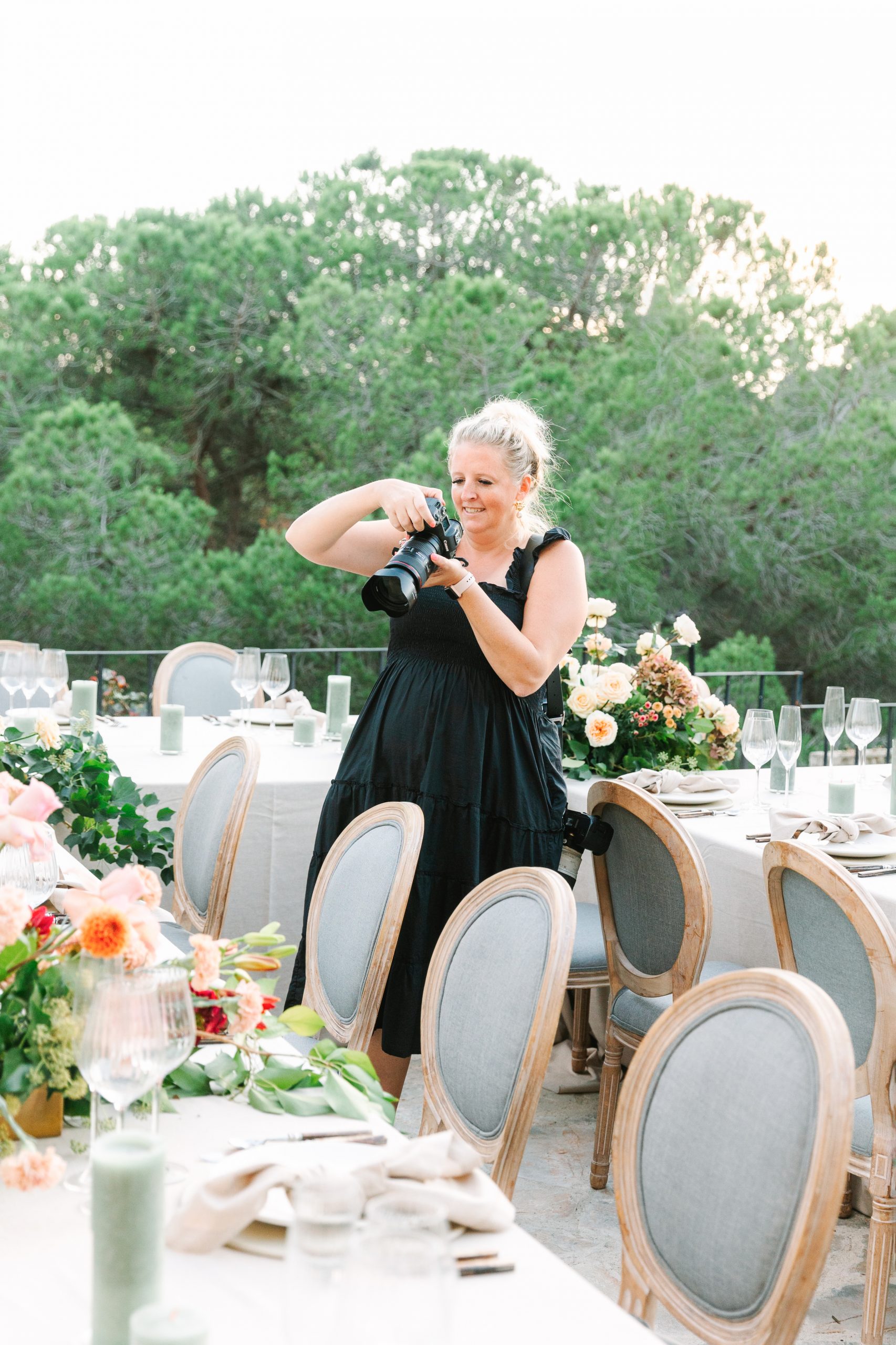Looking back on my time as a second shooter, I know now that I absolutely SUCKED as a second shooter. My lack of wedding experience made it hard for me to understand what was wanted and needed from me from the viewpoint of the primary photographers I shot with. I didn’t ask enough questions and I wasn’t given too much guidance on what exactly was expected, so I was basically just winging it. I’m absolutely horrified now that I’m a primary photographer myself and I’ve made it my mission to educate second shooters as much as possible because there really is a need for this. I wish a post like this existed when I first started second shooting!!!
Finding a good second shooter is HARD. Even in a town like Charleston, where there are plenty of new photographers just chomping at the bit to second shoot, it’s extremely difficult to find second shooters who really “get it”. Over the years, I’ve hired my share of duds. I’ve paid someone $50+/hour to second shoot, only to be able to use a handful of their images because the rest of their photos were just THAT bad. I see (and hear about) the same mistakes being made by second shooters over and over again. Most of the time, the primary photographers don’t even bother telling the second shooter what they should work on and, instead, they just never use that particular second shooter again. And unfortunately a lot of these second shooters will never have the chance to second shoot again because, let’s be honest, the wedding photographer community is pretty tight and we all talk… one bad experience with a second shooter and every other primary photographer in town knows about it.
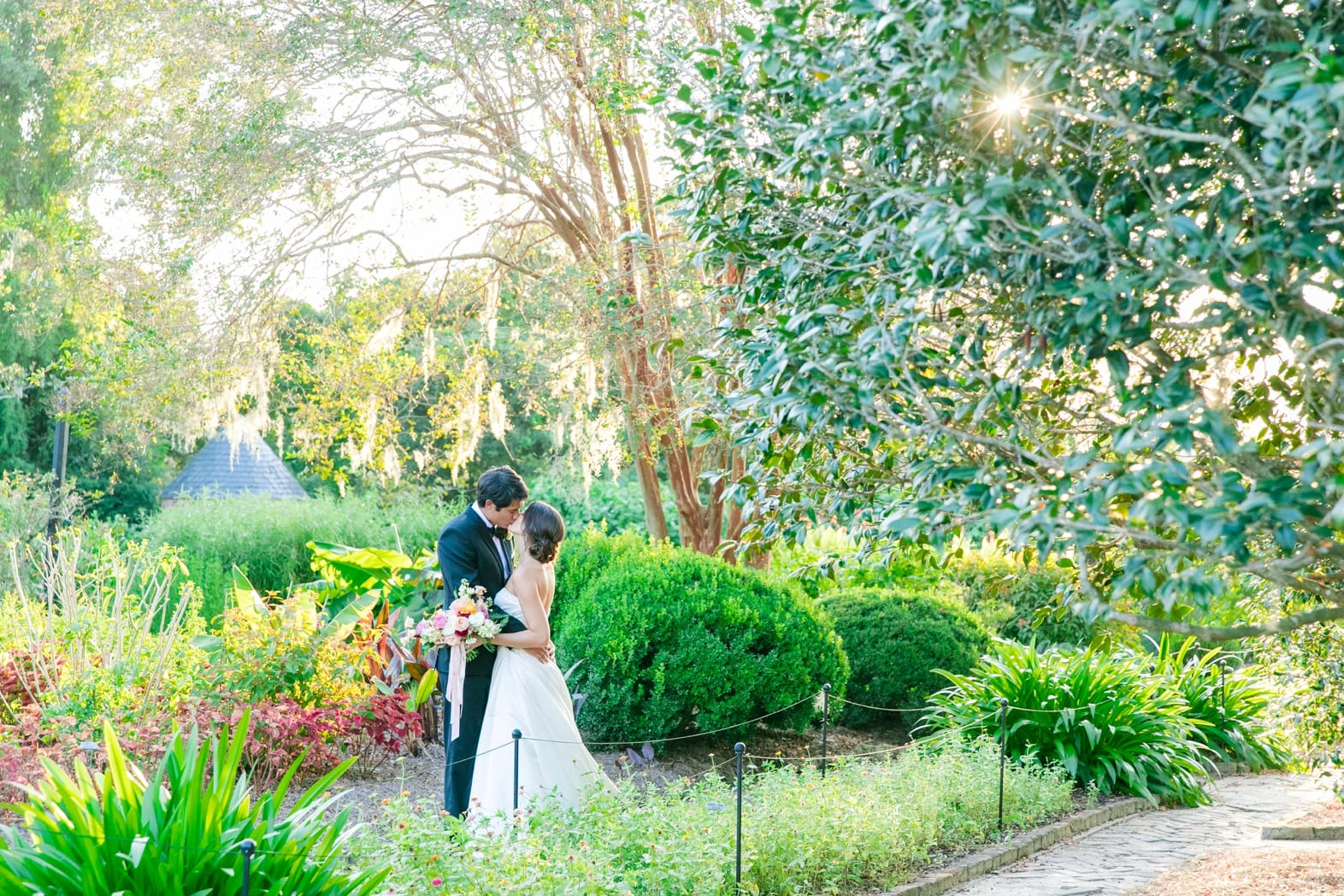
It’s really unfortunate and it’s why I ALWAYS send feedback to any second shooter that works for me, whether they ask for feedback or not. Most of the time, it’s just a matter of the primary photographer clearly communicating expectations to the second shooter and, conversely, the second shooter asking questions when things aren’t clear. But the only way a second shooter will get better is by accepting feedback and implementing it.
I’ve put together a list of the most common mistakes made by second shooters:
Charging ridiculously high second shooter rates.
I see this ALL THE TIME. New photographers who want real wedding experience, but they are charging rates that are ridiculous. When I second shoot for other photographers, I only charge $75/hour – so when someone I’ve never heard of tells me that their second shooter rates are higher than mine, I can’t help but laugh. When I first started second shooting in 2011/2012, I was happy with whatever someone would pay me. I even second shot for free at times! To me, being paid wasn’t the goal. Gaining practical wedding experience and shooting under photographers that I admired was the goal – and it’s what helped me start my own business in the end. Today, everyone wasn’t instant gratification and only really cares about how they can help themselves “make it” in the industry. Photographers charge ridiculous second shooter rates when they can’t deliver quality images. Keep in mind that sometimes the real benefit of second shooting lies in the connections you’re making and the experience you’re getting – not the money you’re making. Be humble, be gracious, and be realistic about what you’re really worth as a second shooter.
Demanding that you are able to use the images you take.
Please understand, as a second shooter, you are hired to represent the lead photographer and you are a hired part of their team. Therefore, any images you take for them are theirs – not yours. You’ve most likely signed a second shooter contract that outlines this. Legally, lead photographers hold the model release from the clients under their company name – and they cannot transfer that permission to you. If you do shoot with someone who allows you to use the images you’ve taken as a second shooter, you should be extremely careful in posting anything since you legally do not have consent from the clients to do so. Bottom line – you are not entitled to those images just because you shot them. You shot them because you were part of the lead photographers’ team and only they have the legal right to use them.
Showing up late.
When a photographer sends you a timeline for the wedding day, I highly suggest showing up to the venue at least 15 minutes before the actual start time. Wait in the parking lot for the lead photographer to arrive and start the day together. Most lead photographers will arrive 15 minutes or more before their “official” start time… so if you’re on-site 15 minutes early, you’re probably on-time. A general rule – if you show up exactly at the start time, you’re late… and it looks bad on the lead photographer if you’re not on-site and ready to shoot. So just plan on being early, always.
Not accepting feedback and/or constructive criticism well… or at all.
If a primary photographer takes the time to give you feedback, you should accept their feedback gracefully and with a positive attitude. They are only sharing this information with you because they want to help you succeed. If you’re not willing to adapt and grow as a second shooter, then don’t offer your services as a second shooter. In this role, you are there to help the primary photographer cover the day and adapting to their “style” is super important. If you’re stuck in your ways and unable to receive feedback without becoming defensive, then do everyone a favor and stick to shooting for yourself only.
Shooting for your own portfolio.
Your images shouldn’t compete with the primary’s images… they should be completely different and valuable to the clients. Instead of shooting the same angle or focal length as the primary photographer, second shooters should be looking for ways to create complementary images for the primary photographer. So if the primary photographer is shooting with a 24-70 lens, shoot with your 70-200 lens. If the primary photographer is busy shooting family formals, grab portraits of the couples who are standing around waiting for their turn with the bride + groom. As a second shooter, you should be shooting images that are DIFFERENT from the primary’s images.
Failing to check your ego at the door.
Being a second shooter is a very humbling position because you are there to serve the primary photographer, not yourself. You will most likely be shooting the less glamorous parts of the wedding day, but you need to remember that what you are doing is important! The primary photographer has a lot to cover on a wedding day, not to mention a lot to think about. You should focus on helping them out as much as possible and take pride in your assignments for the day. It’s important to remember that this is not your wedding and you’re there to help the primary photographer. If they ask you to do something, do it with a smile and enthusiasm. Personally, my second shooters cover the candid moments of getting ready, family formals, and cocktail hour by themselves – and the second shooters that rock those “not so fun” parts of the day? I keep them around because they are allowing me to focus on other parts of the day for my clients!
Not being fully prepared.
As a second shooter, you should bring all of the gear you would need as if this were your own wedding. This includes backup equipment. This also includes being familiar with the timeline and shot list that was sent to you by the primary photographer, asking questions about the timeline and/or shot list BEFORE THE WEDDING DAY if you have any, being familiar with any family issues the lead has passed your way, knowing the bride + groom’s first names… simple things that sometimes get overlooked.
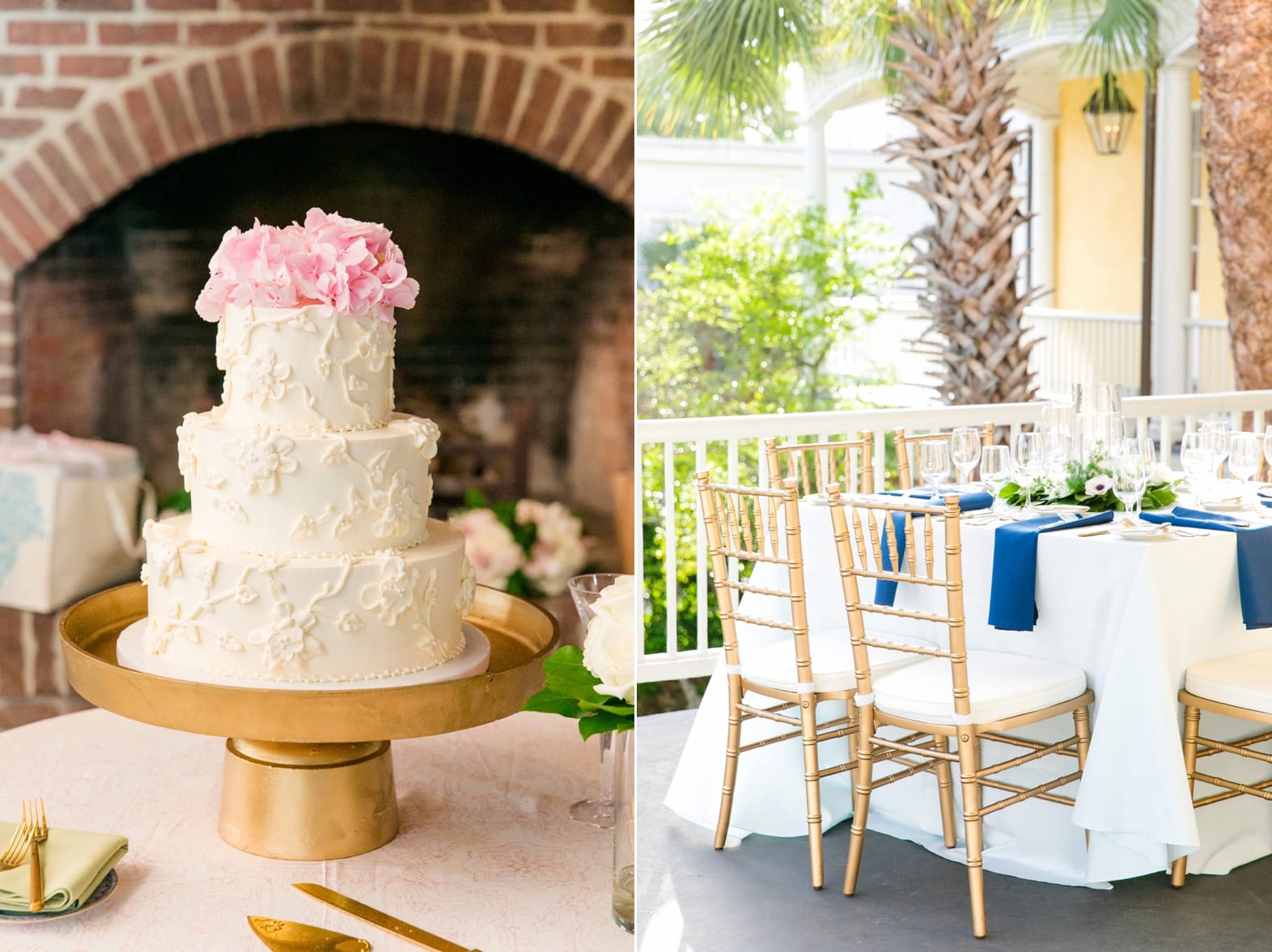
Not paying attention to composition and cropping.
Become familiar with the primary photographer’s style and try to emulate it when you’re working with them. Use the rule of thirds and be careful not to crop at the joints. When shooting portraits, do not cut off peoples’ ankles or wrists. Fill the frame, but also be conscious to leave enough room on the edges for post-production cropping and straightening. Watch your use of negative space and look for ways to simplify your backgrounds. These things will set you apart from other second shooters.
Not shooting in RAW.
ALWAYS ALWAYS ALWAYS shoot in RAW when you are second shooting. No exceptions. If you have dual card slots, which most cameras do, make sure you are writing to both cards simultaneously so that you have an automatic backup of everything you’re shooting throughout the day.
Drinking on the job.
This should be a no brainer, but it deserves to be said. Even though this is a celebratory event, you are working and should remain 100% professional at all times. Clients may offer, but NEVER accept alcohol while you’re on the job unless you get the explicit permission from the lead photographer.
Sharing images with the clients from back of your camera.
For the love of everything, DO NOT DO THIS!! The primary photographer has the discretion to share images from the back of their own cameras with their clients… but as a second shooter, you should never do this. Why? Because what you show them may not make “the cut” and then what? You’ve got a disappointed and/or confused client that the primary photographer now has to deal with. To keep things simple, don’t share images from the back of your camera at all when you’re second shooting.
Spending too much time on your phone during the wedding day.
You should never look bored on the wedding day. Clients, vendors, guests… they are all watching you. Your cell phone should be turned off and tucked away in your bag or pocket all day. If you have free time and want to check your phone, go to the bathroom and do it discretely. You should never be texting or answering phone calls while you’re working as a second shooter.
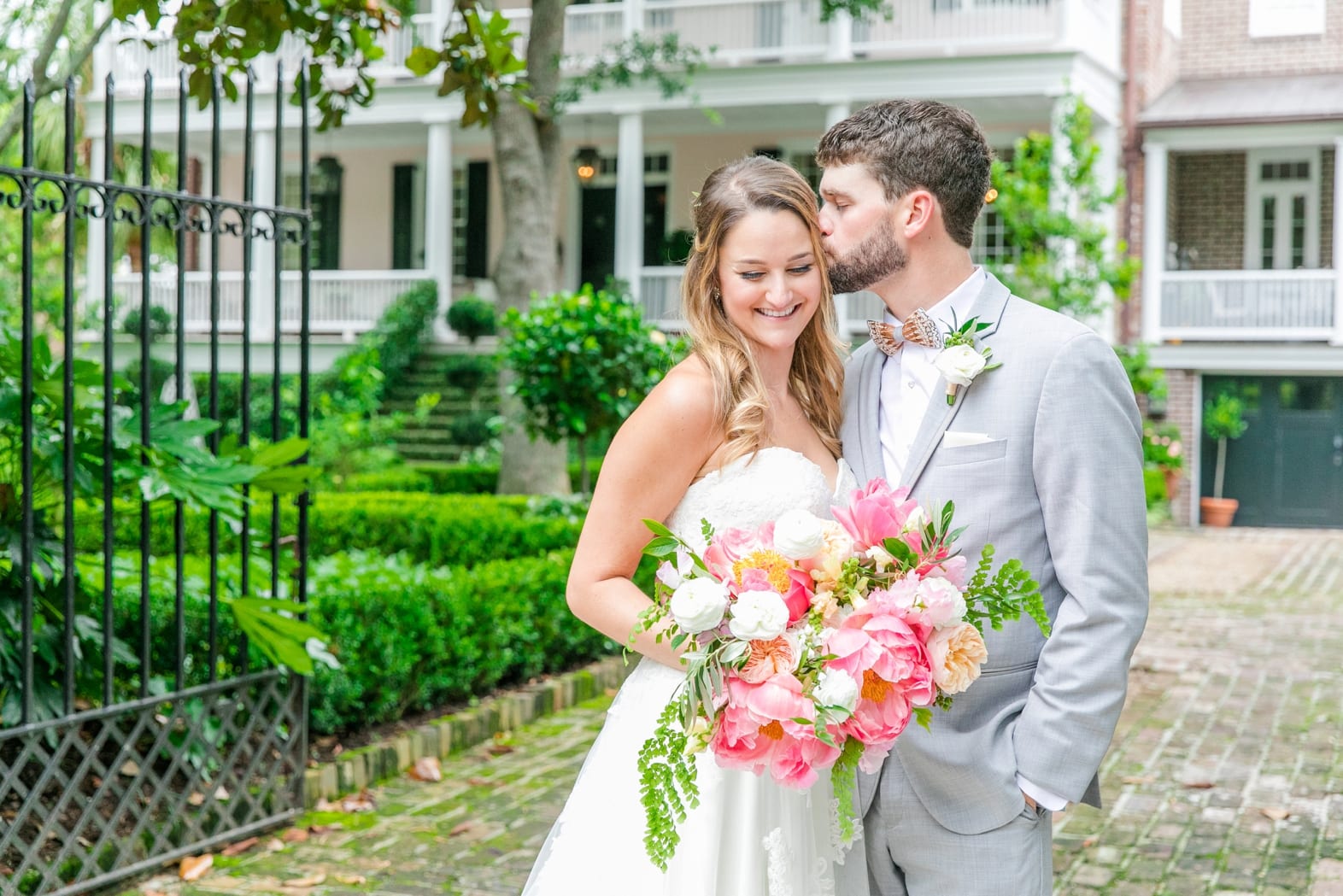
Overstepping boundaries when it comes to social media and image usage.
Most primary photographers will outline what you can and can’t do with your images and social media prior to working with you. If you have any questions, clarify this with them BEFORE you work together. Most photographers do not allow their second shooters to use the images in their portfolio or on social media, as mentioned above. This is pretty standard. Sometimes clients will find the second shooter online and send a “friend request” or reach out to them privately. In these situations, it’s best to just ignore the request and allow the primary photographer to maintain that client relationship. There’s no reason for you to “friend” or communicate with another photographer’s clients, ever.
Not being prepared for all lighting situations.
Differing lighting situations happen ALL THE TIME on a wedding day. If you can easily handle natural light situations, but have trouble with dark hotel rooms and/or aren’t 100% comfortable with flash, be honest with your lead photographer. Feel free to ask the primary photographer what you should do or how they’d shoot it. They should be more than willing to help you navigate tricky lighting situations!! Especially if it is something that you are solely responsible for, it’s better to ask for help than just wing it and hope for the best.
Too slow shutter speed.
Again, this happens often with new second shooters. Always be aware of your camera settings throughout the day. If you shoot in aperture priority mode instead of manual, then PLEASE be sure to set your camera up so that your minimum shutter speed is 1/200 or faster. Anything less than that can produce motion blur and your primary photographer will not be able to use any images that are blurry. So if you insist on using aperture priority mode, set your camera up so that your shutter speed doesn’t fall below 1/200.
Shooting too wide open.
A lot of newer photographers think they need to shoot “wide open” to be seen as professional and experienced. This is simply not true. If you cannot consistently NAIL focus wide open, do not shoot wide open when you’re second shooting. Stop down to f/4+ and make sure that you are nailing focus.
Shooting with the “wrong” lens.
I see this happen a lot when second shooters are working in tight spaces like hotel rooms. When you are photographing a scene, wide angle lenses are great. They are for story-telling. But when you are photographing people, you should never use a wide angle lens. Period. Wide angle lenses create distortion which is not flattering for portraits of people. In these situations, simply back up and shoot with a longer lens, like a 50mm, to create more visually appealing portraits.
Networking and/or promoting yourself with other vendors or guests.
Bottom line, no one should know your full name or your business name while you are working as a second shooter. You are simply “Sara” or “Ben” and you’re working for “Primary Photographer’s Business”. Keep your interactions with everyone short, sweet, and professional. One sure way to get blacklisted as a second shooter is to go around telling everyone your name, your business, or (God forbid) handing out your own business cards. Remember – this is not your wedding and you were not hired to network and promote yourself at this event. You are part of the primary photographer’s team and that’s it. Leave that ego at the door!
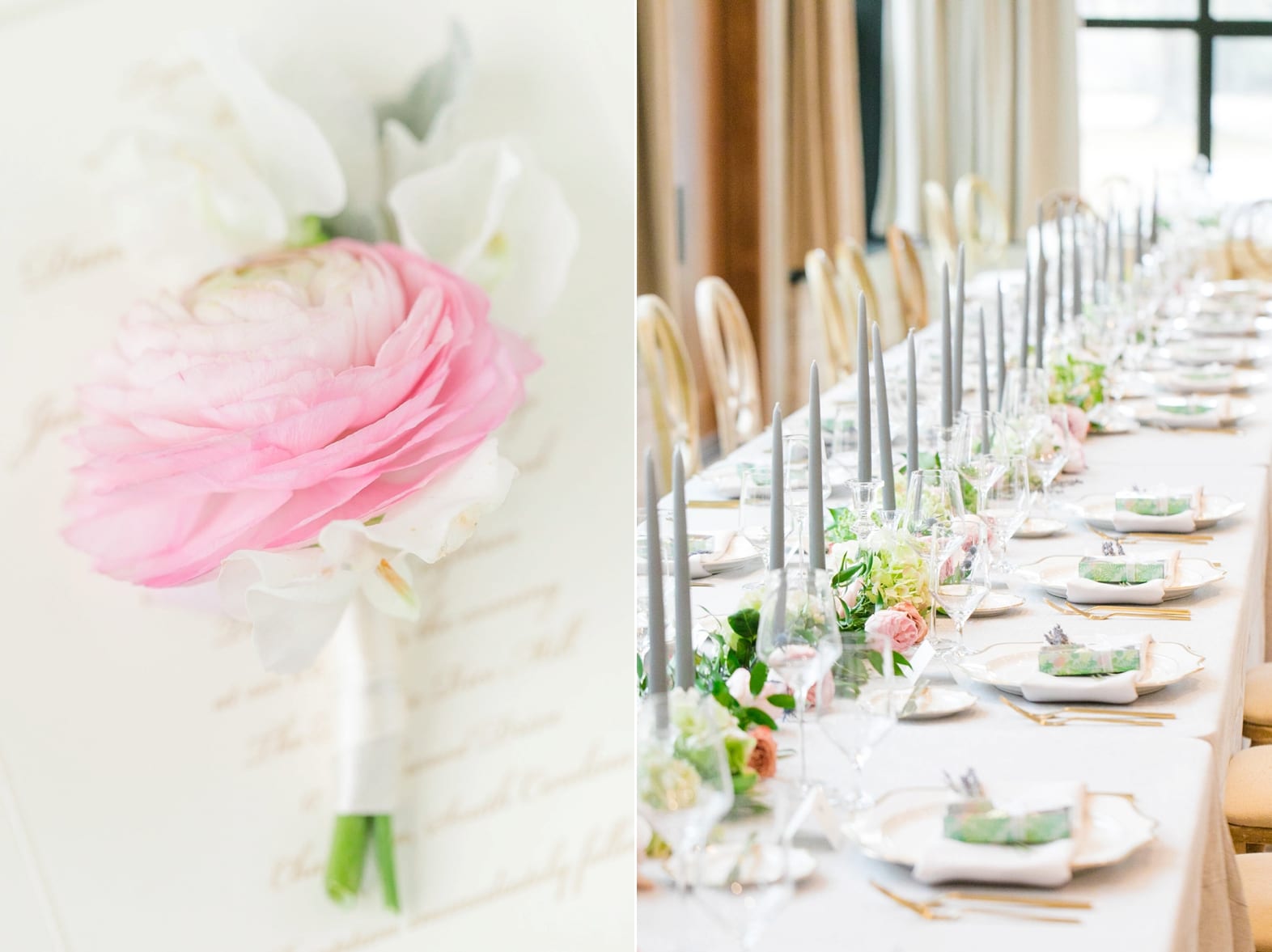
Not being proactive.
You shouldn’t simply follow the lead photographer around and wait for them to tell you what to do. Be proactive! Anticipate the primary photographer’s needs. Do they need to drink some water? Go get a bottle of water and give it to them. Is it almost time for family formals? Start rounding the family members up. Are guests arriving to the ceremony site and grabbing photos of themselves with friends on their cell phones? Go take some photos of them with your professional camera. Always try to anticipate what’s about to happen and what would help the primary photographer out in any given situation.
Being lazy with cocktail hour coverage.
Trust me, most newer photographers hate shooting cocktail hour. It’s not glamorous and, for most of us introverts, it’s painful to go around asking people if they wouldn’t mind having us take their picture. BUT this is an important part of the wedding day and it’s the best time to get as many couple and group photos of the guests as possible. So rock it out! Keep an eye on the crowd and if you see a group getting together for a cell phone picture, run over and grab a shot with your camera too! Keep an eye on the bride + groom because most guests will want a photo with them if possible. Try to get a nice portrait of any couples you see, because who doesn’t want a fabulous professional photo of themselves and their significant other all dressed up? Yeah, cocktail hour can be boring and awkward – but this is really a great time to add value to the primary photographer’s gallery for their clients! If you do a good job with it, you’ll DEFINITELY stand out above other second shooters… since most second shooters aren’t very good at this.
Talking too much. Or becoming too buddy-buddy with the primary’s client.
You should always maintain a positive attitude and be as helpful as possible to the client, but you must remember that you are WORKING and you should always err on the side of professionalism. You should never miss a moment or leave your primary photographer hanging because you’re too caught up in a conversation with the client.
Not asking enough questions throughout the wedding day.
If you have a question about camera settings, lens selection, or even what you can do during downtime… just ask! As a primary photographer, I’d much rather have a second shooter ask for direction or clarification than have them guess and get it wrong. I do try to communicate often and thoroughly throughout the day, but I’m always willing to give guidance and direction when needed. I love helping others – and if I’m helping you help me, then that’s even better!!
Overshooting. Or shooting just for the sake of shooting.
As a second shooter, there are a few parts of the day that are entirely your responsibility – and you should know what those parts of the day are. During those parts of the day, don’t worry about overshooting as much because the more variety you give the primary photographer, the better. However, you should never shoot just to kill time. Or just because you feel like you need to be doing something. Sometimes there isn’t anything to shoot AND THAT’S OKAY! We don’t need 50 photos of the groom’s socks or 150 images of the bride having her makeup done. Shoot what you need to shoot and then relax. Stay present in the moment and shoot again when there is something worth documenting. You don’t constantly have to have your camera up to your face, shooting everything in sight. That just makes the culling process even worse for the primary photographer!!

Shooting side angles during family formals.
Primary photographers will never deliver these images to clients and having a second camera pointed in their direction can cause confusion for the family because they don’t know where to look. During family formals, keep your camera down and just help the primary photographer manage the shot list. Or grab photos of the family members who are waiting their turn with the bride + groom. A nice portrait of each set of parents, grandparents, siblings + their spouses, etc. are different and add so much value to the primary photographer!
Not being aware of what’s going on around you.
You should always be observing what’s going on around you. Anticipating moments. Anticipating the bride + groom’s needs. Anticipating what the primary photographer needs. Being aware of who is around, what their role is, and what you can do to help things run smoothly. While shooting, you should be aware of where you are in relation to where the primary photographer is. Are you potentially in their shot? Are you cross-shooting the primary photographer during the First Dance? Are you standing around in the background while the primary photographer is trying to take a room shot? Being aware of everything happening around you on the wedding day is so important!
Not dressing appropriately.
If you have any questions about what is appropriate for you to wear on a wedding day, ask your primary photographer. As a general rule, you’ll want to dress conservatively – no cleavage, no short dresses. But I prefer that my team dresses as though they were attending the wedding. I personally wear cocktail length black dresses when I shoot, with bike shorts underneath because you never know when a gust of wind may come!! Overall, you should look put-together so that you can blend in with the guests. But each photographer is different, so it never hurts to ask if you’re unsure!
These are just some of the most common mistakes made by second shooters – and they are mistakes we’ve all probably made at some point! If you are given the chance to second shoot with an experienced primary photographer, make the most of it by considering these common mistakes and doing your best not to make them. No one is perfect and becoming a strong second shooter takes time, patience, and the ability to adapt to the primary photographer’s style. Hopefully this will help new photographers out there who are just starting to second shoot!!
With a well-worn passport in hand, and an affinity for a good cocktail, Dana works with fun-loving and kind-hearted clients around the globe.
meet DANA
Becca + Stephen’s art deco inspired wedding at the American Theatre in downtown Charleston was one for the books! Their day was filled with so much love, joy, and thoughtfulness – I swear, the best weddings are always the ones that are centered around the couple and their family + friends. Sure, pretty details are […]
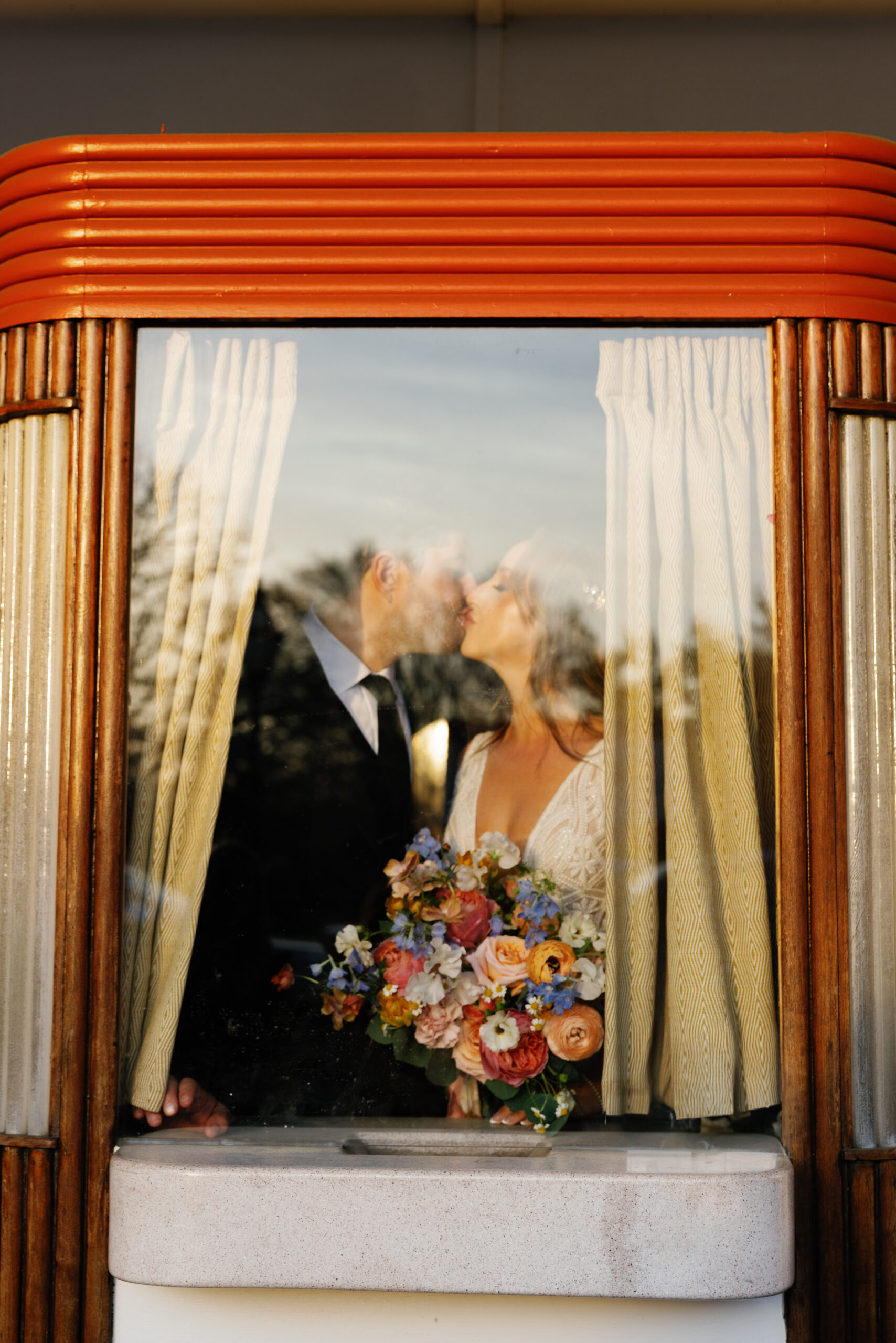
2025 got off to the very best start with Maggie + Britt! I absolutely ADORE these two and their wedding day was the perfect way to start the new year. Their shared love of the water and all of the natural beauty that the Lowcountry has to offer made the Regatta Inn a no-brainer choice […]
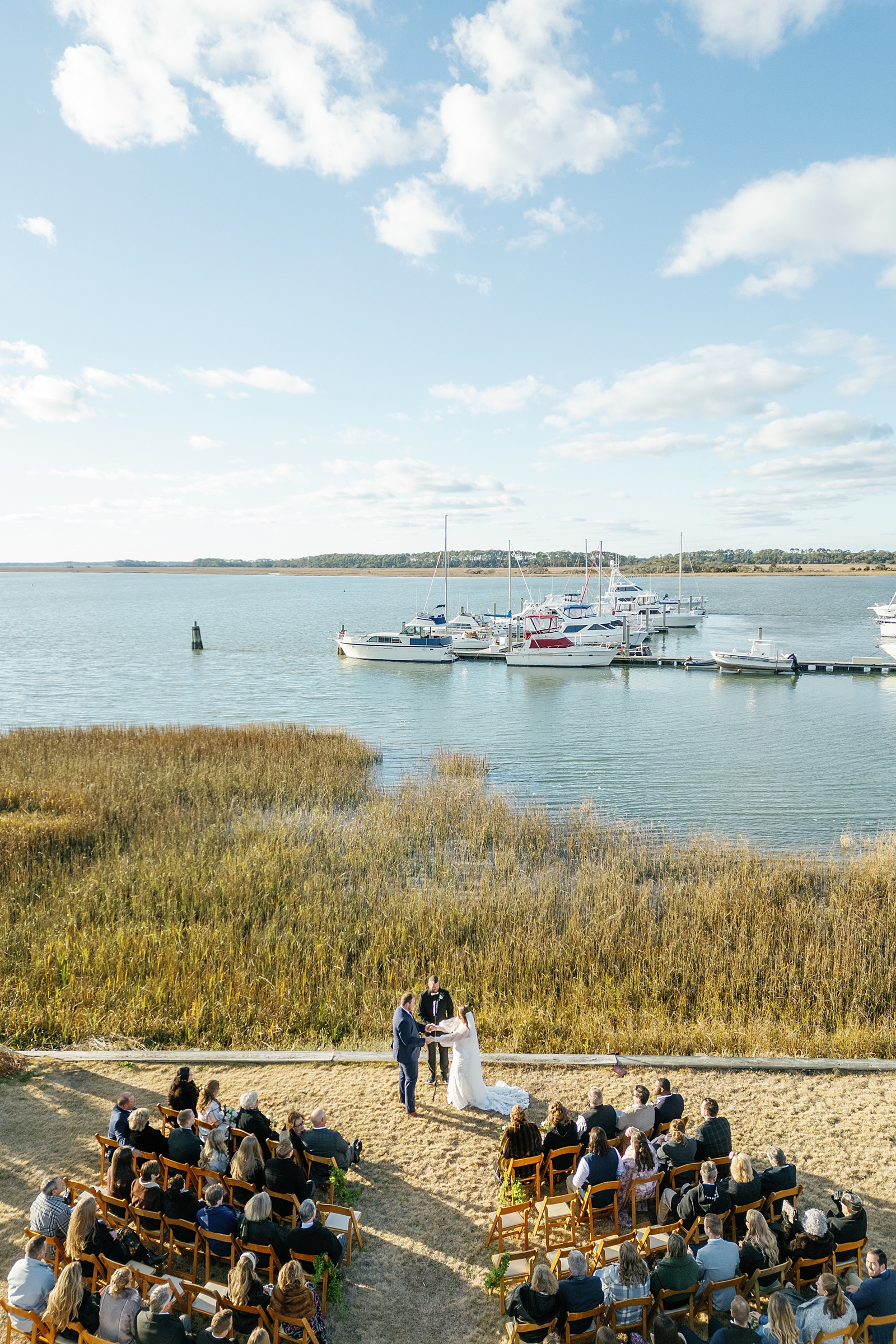
Payton + Connor’s rainy celebration at Lowndes Grove was the PERFECT way to close out the 2024 wedding season. When I first spoke with Payton, she told me that she envisioned a colorful wedding day – despite being married in late December. I LOVE that she went with bright florals and colors because it was […]
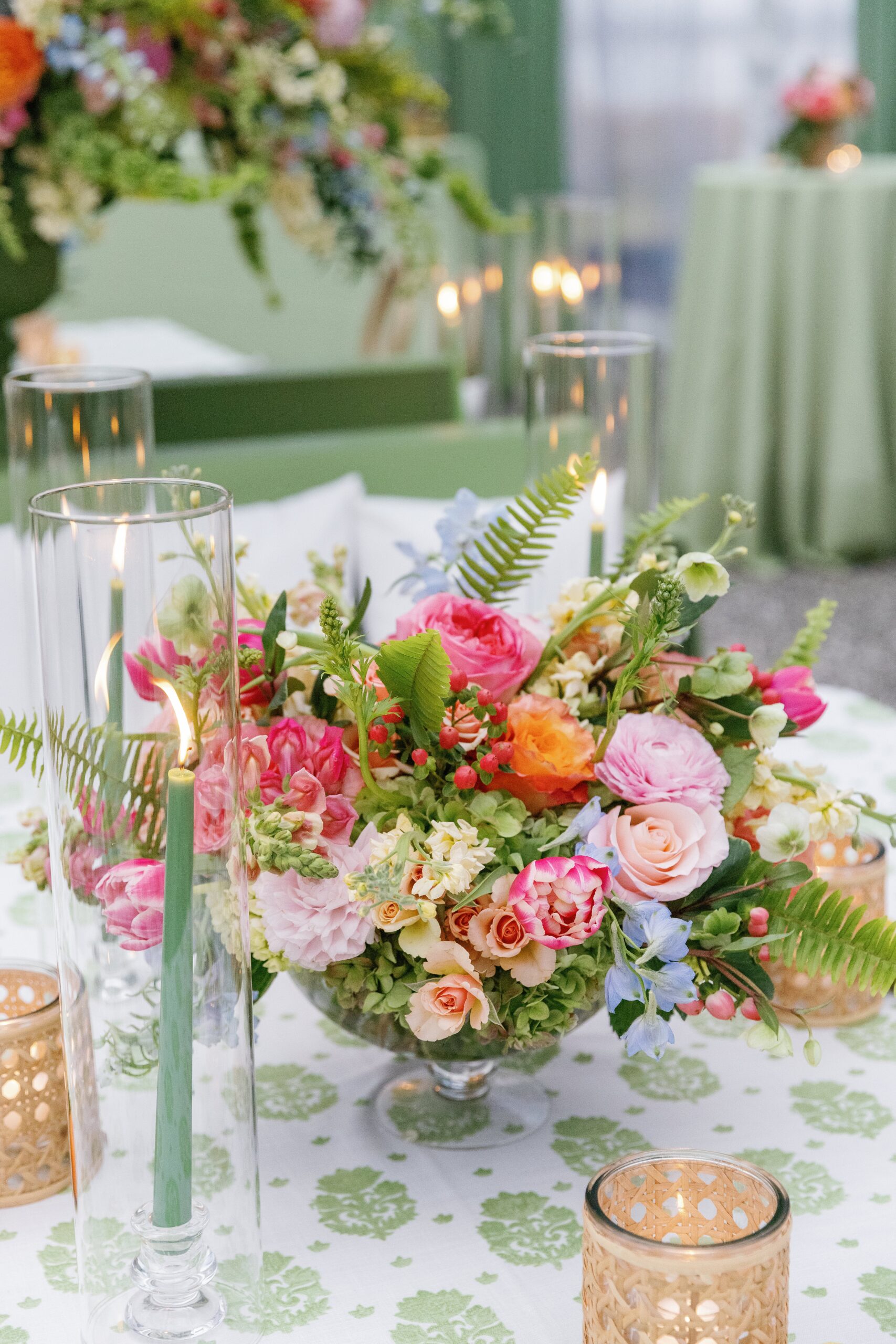
Hannah + Matt’s intimate brunch wedding at The Sanctuary on Kiawah was such a special celebration. If there are two things I LOVE, it’s an intimate wedding and brunch! Combine them together and it’s the perfect recipe for a memorable soiree. Can I specialize in brunch weddings? Pretty please?! I just love them! The morning […]
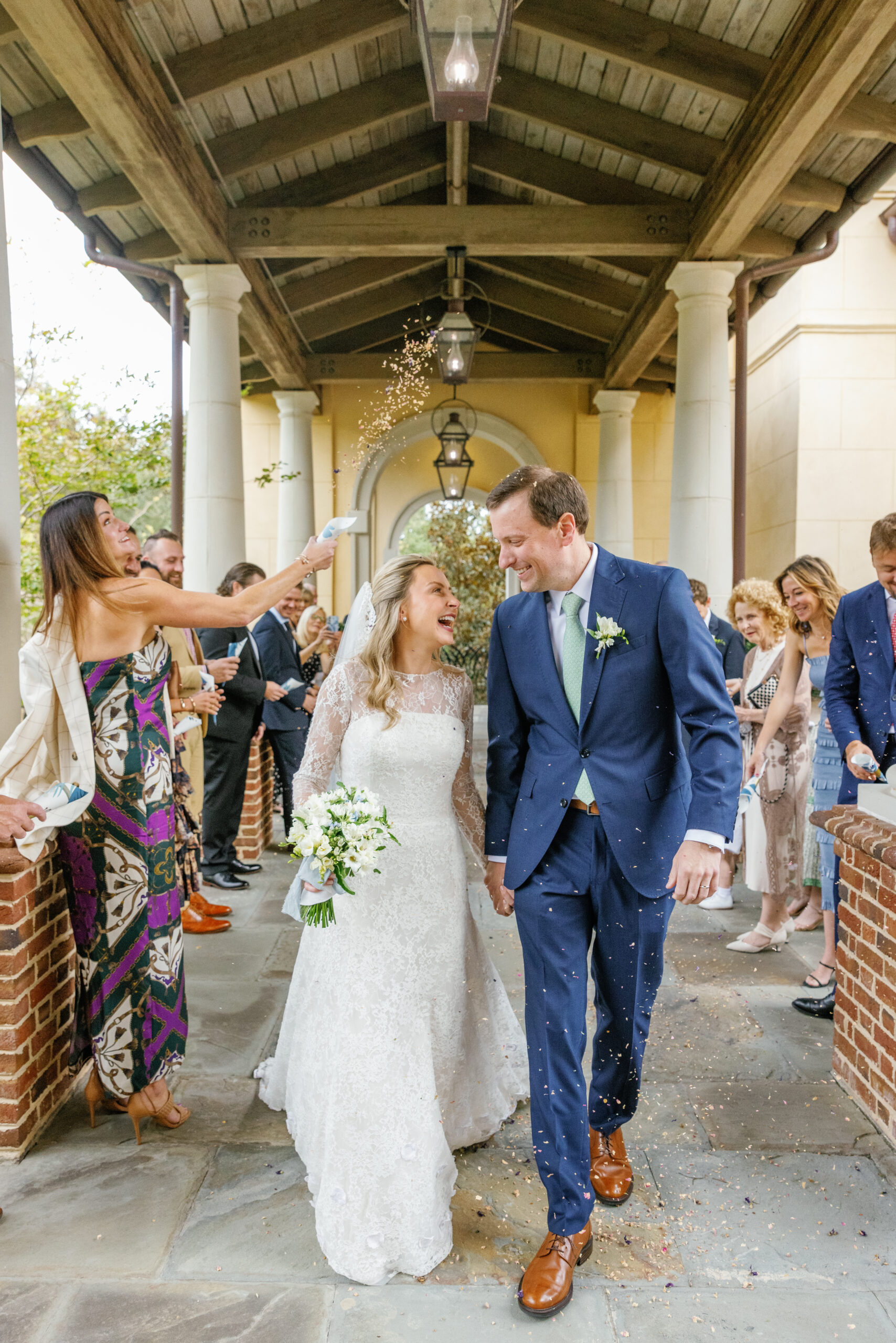
Ashley + Kyle’s wedding day was, in a word, magic. These two share such a beautiful love and I am beyond thankful to have witnessed it first hand. Ashley is pure JOY in human form and she absolutely glows in Kyle’s presence. The way they look at each other and care for each other is […]
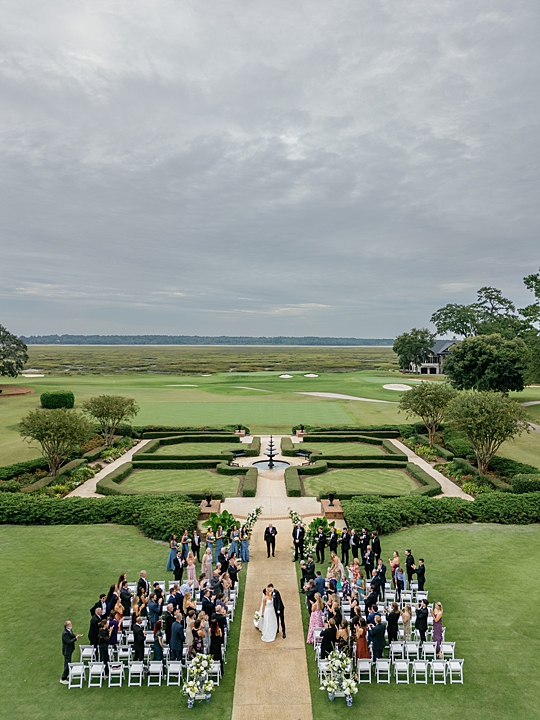
From the moment I first spoke to Sandra, I knew her wedding day was going to be something special. She had a clear vision of a day filled with special details, personalized moments, and a celebration of love that was truly unique to her and Matt’s love story. Being in the fashion world, I knew […]
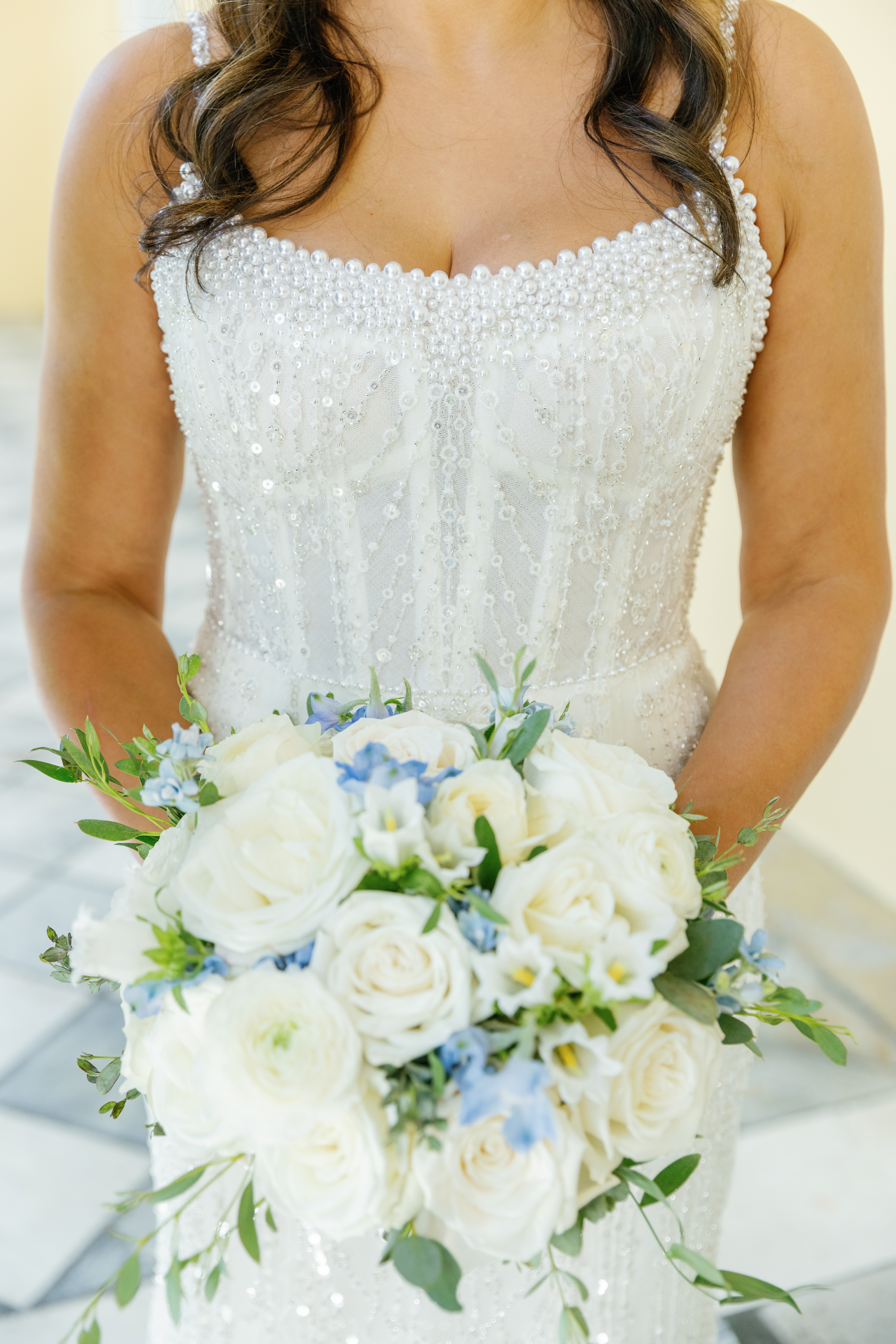
entries
popular
